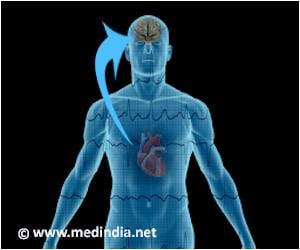Hand-eye coordination in driving and other activities could be compromised after consuming less than half of beer, reports a new study.

‘Driving may be affected by drinking just a small amount of alcohol, even though the driver may feel fine and be well within the legal limit.
’





In previous studies, eye movements and vision were only affected at blood alcohol concentrations (BACs) approaching the legal limit for driving. The study from the research team based at NASA's Ames Research Center in California found for the first time that hand-eye coordination is dramatically more sensitive to alcohol with some measures of coordination impaired by more than 20 percent at BAC levels as low as 0.015 percent.
"Our findings provide a cautionary tale that the subjective experience of drunkenness is often not aligned with objective impairment of sensorimotor coordination. In other words, most people feel they are unimpaired after one drink, yet they are to a significant degree," said Terence Tyson, first author of the study in a paper published in The Journal of Physiology.
To reach this conclusion, the researchers measured volunteers' eye movements, pupil responses, and BAC multiple times during a day while they performed a specially designed task, before and after they drank alcohol.
At random, the volunteers were assigned a mixed drink containing a certain quantity of alcohol, achieving either the higher (0.06 percent) or lower (0.02 percent) peak BAC levels so that they were not aware of exactly how much they drank on a given day.
Advertisement
The study participants were men and women, mostly in their 20s, who drink on average 1-2 drinks per week.
Advertisement
Apart from this finding specific to alcohol-induced impairment, this study further demonstrated how an especially designed collection of non-invasive eye measurements could be used to measure mild deficits of processing in the brain.
In future studies, the researchers plan to look at how their eye measurements are affected by other types of neurological conditions, such as those caused by degenerative diseases or toxic exposures.
NASA is interested in developing sensitive yet non-invasive methods for detecting mild impairments.
Source-IANS












